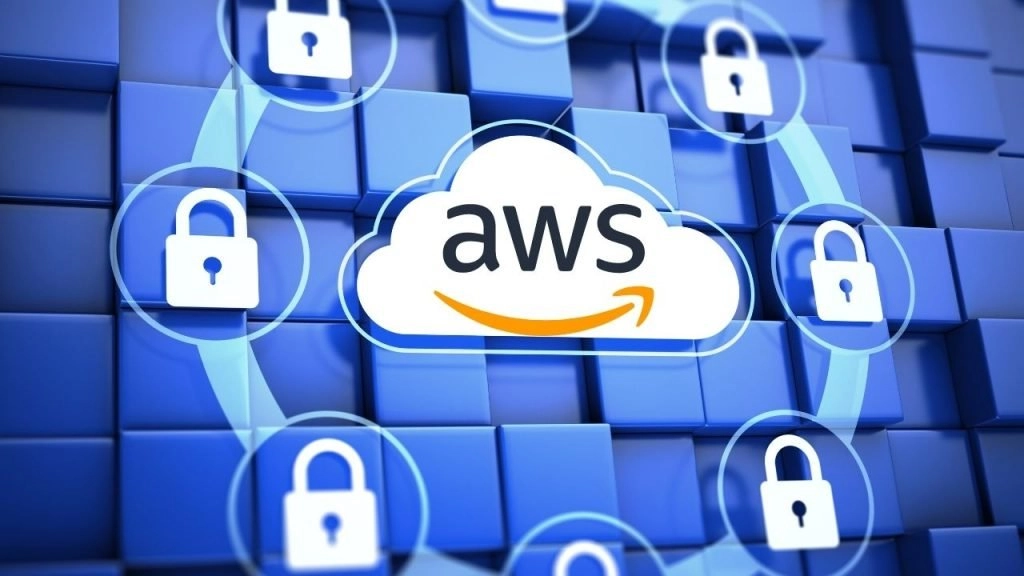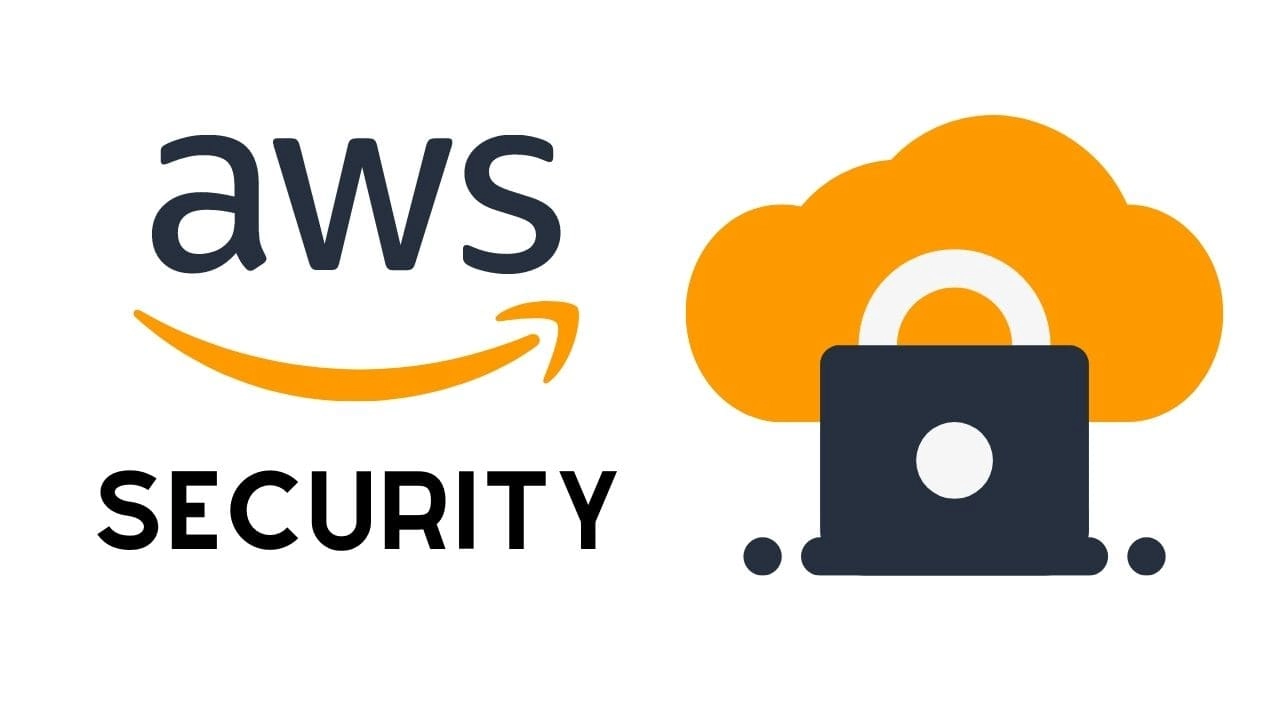In this AWS article, we are going to cover and talk about How Secure Is AWS? As the demand for cloud computing continues to rise, AWS provides the best cloud storage services and facilities in the game along with the best security.
Despite competition from giants like Google, Microsoft, IBM, and many others who’ve also come up with cloud storage services, nothing comes close to AWS.
Of course, this popular feature comes at a cost. There have been several cyberattacks against AWS, leaving many of its clients wondering, just how secure is AWS!! We will also cover the below points in detail.
- What is AWS Security?
- How Does AWS Security Work?
- Identity and Access management
What is AWS Security?
AWS is a cloud-computing environment structured to be flexible and secure for not just giant companies like Netflix, but for consumers like you or me too.
The online cloud platform is behind almost every website online. Many organizations choose to work with AWS because of how easy it is to maneuver through massive data without handling it themselves.
Setting Up Security
Security in AWS typically means setting up infrastructures to make sure your data remains confidential while still being available to you.
It provides a wide variety of deeply integrated and tested security services to help you secure your workloads and applications. These services can be combined to automate tasks with just a few clicks from your computer.
Data Security
For developers and builders who are well-versed in how the platform works, it’s easier to discover, classify and protect sensitive information in the AWS console with tools such as machine learning which is used by Macie.
To continually reinforce security and compliance on your data, you can also automate infrastructure and applications on security checks simply by clicking a few buttons.
Access Security
You can be certain about the lengths to which AWS will go just to protect your data by implementing technical and physical measures to prevent unauthorized access to unrecognized third parties.
With all the current security services and measures offered by AWS, you are assured of the safety of your data on the cloud.
Data Encryption
AWS allows you to safely encrypt your data, move it and also manage it through Tengen.
AWS automatically encrypts all the data in transit between its regions, as a matter-of-fact data never leave AWS’s own network as all its regions are interconnected, it also encrypts the data at the physical layer before it leaves AWS facilities.
The cloud service also allows you to continually monitor and achieve third-party validations for thousands of regulatory requirements as a way of supporting your compliance needs. This simplifies the process of attaining security and compliance standards.
AWS offers cloud security to various sectors such as banks and financial institutions, government security sectors, healthcare facilities, retail, and many more.
How Secure Is AWS and How Does AWS Security Work?
Before AWS began, there was a lot of unsecured confidential data such as passwords which were shared through a phone call, text, or email. Back then, only one password existed.

It belonged to the admin and was stored in one particular location. Only one person could reset it, and you just had to reach out through the phone or email to get the password changed.
Today, Slack, an application hosted by virtual cloud storage, enables you to share a document, thus eliminating the possibility of anyone compromising your information.
AWS security does not come without its challenges. To know just how secure the platform is, we need to understand how AWS security works.
AWS provides security services and tools such as
- Identity and Access management
- Detective controls
- Infrastructure protection
- Data Protection
- Compliance
With these services, AWS has already set the intention to protect your data and store it appropriately.
We will be covering only the IAM part of AWS Security in this article, other points will follow through in the subsequent articles. Here’s a brief overview of how it works.
Identity and Access management
Access to AWS resources can be gained only after creating credentials in IAM, either through users or roles. With it, you can create and manage the authentication of your users or limit access to a certain number of users who can get access to your AWS resources.
So how does it work?
By using Amazon Cognito, IAM is able to perform the following actions:
- A principal is needed. A user, an application, or a role can be recognized as a principal.
- For the authentication process to occur, the principal must provide credentials recognized by the Identity and Access Management (IAM) platform.
- The principal can sign in or log in using third-party apps such as Google, Facebook, or even Amazon. Without the required passcodes, the principal cannot gain access to any AWS resources.
Amazon Cognito uses its two main components referred to as pools. The user pool directory provides sign-up or sign-in options for your users. It maintains a set of users under one roof called Identity Pools, which helps users access resources in AWS.
Resources, in this case, refer to the activities that are performed on your AWS account.
- Once the credentials have been identified and approved by the system, the principal sends a request to the AWS platform specifying precisely what action should be taken and by which resource.
- By default, all access is denied until the IAM identifies, evaluates, and approves the request. The request is allowed only if it matches a policy. The request is then authorized by IAM, and AWS approves any action that follows. These actions can be used to view, edit, create or delete a resource.
Identity and Access management
Users:
Anyone or any application that has a set or permission or has the proper set of credentials that enable them to access the available AWS resources.
You can create as many users as you want or need depending on the number of employees your organization has.
Using the one-to-one specification feature, you can assign permission to each user individually because, by default, we restrict newly created user accounts from performing any tasks on the platform.
Groups:
You can also specify tasks to a group of users with just one click. The group can only access resources on your AWS account if you set the permissions and apply them to the group.
Any user added to the group will automatically inherit those permissions assigned to the group.
Policies:
They basically set the permissions and manage access to AWS resources. They are stored as JSON in AWS. These permissions specify what an IAM user can access on the AWS cloud and what action they can perform.
When it comes to the Simple Storage Service or popularly known as S3, for example, any policy applied to these services would contain the following information:
- Who can access this service?
- What actions can the user take in regard to S3?
- Which AWS resources can the user get access to?
- When can the resources be accessed?
Roles:
They are a set of temporary permissions or credentials similar to a user and can be denied or approved by an entity (a user or application).
Other elements of IAM include:
AWS Single Sign-on:
Also referred to as SSO, is a cloud-based service that simplifies the process of managing your SSO access by providing central management to all your AWS accounts and cloud applications.
So, basically, it centrally stores and manages SSO access and permissions for users in AWS accounts.
AWS Directory Service:
To use all the services in AWS in collaboration with Microsoft Active Directory (AD) and Amazon Cloud Directory AWS has provided this service.
What if the client has already set up their own on-premises Microsoft AD or LDAP(Lightweight Directory Access Protocol), no worries AWS also supports that and they can be used seamlessly with AWS using this service.
AWS Resource Access Manager:
Want to share existing resources on your account with multiple accounts or accounts within your organization, this tool helps to do that with security.
In the case where you have multiple accounts, with AWS RAM you can decide to create resources centrally and share them, this helps in cost reduction.
Please also find below the article on AWS.
- Introduction To IAM AWS
- Overview Of AWS Cloud Management Tools And Usages
- How To Delete AWS Account [Suspended | Partner | Training]
- Introduction To Vmware AWS Hybrid Cloud?
The Bottom Line
We have covered the below points on How secure is AWS.
- What is AWS Security?
- How Does AWS Security Work?
- Identity and Access management
Amazon has done its best over the years to reduce security risks and is still currently working on improving cloud security concerns by publishing best practices and developing tools suitable and sustainable for providing security solutions.
- You must also play your part by enforcing proper controls and protocols and managing your users to protect your data.
- AWS has unmatched experience and operational expertise in cloud security because they’ve been there the longest.
- Despite the stiff competition from giants such as Google and Microsoft, the customer experience of working on the AWS platform is unmatched.
- It automates traditional security challenges making it extremely flexible and reliable. You don’t have to worry anymore about handling all those data security challenges on your own.
Happy Clouding!!

I am an Amazon Web Services Professional, having more than 11 years of experience in AWS and other technologies. Extensively working in various AWS tools like S3, Lambda, API, Kinesis, Load Balancers, EKS, ECS, and many more. Working as a Solution Architect and Technology Lead for Architecting and implementing the same for different clients. He provides expert solutions around the world and especially in countries like the United States, Canada, United Kingdom, Australia, New Zealand, etc. Check out the complete profile on About us.

